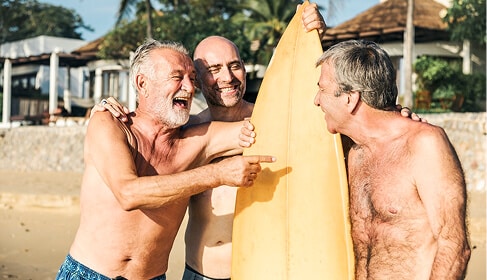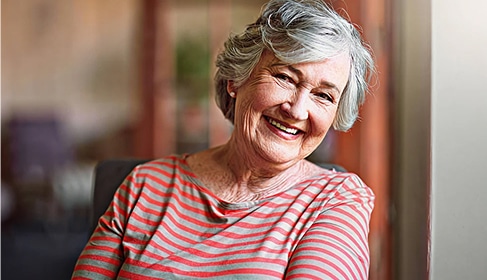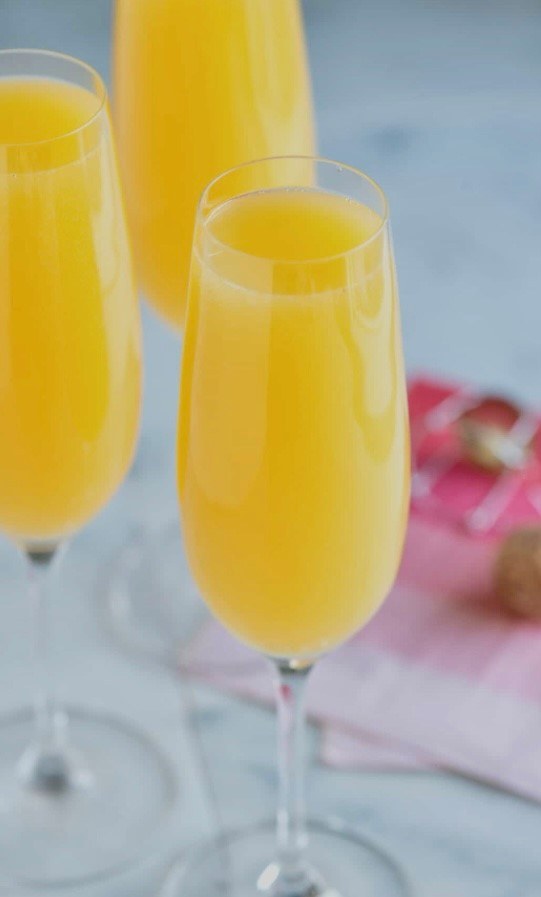
Autumn Open Day
Over the past two years, Beauty Point Retirement Resort has embraced some wonderful and forward-thinking changes. As a proudly family-owned and operated community, our focus has been on delivering greater value, comfort, and quality of life—reflecting a modern approach to retirement living. Read more April 16, 2025
The Vibe
Thanks to some of our wonderful volunteer residents, our new village newsletter, The Vibe, is well received by residents every month. A wonderful reminder of recent events, The Vibe also discusses important issues and changes around the industry. Read more April 9, 2025
Try Before You Buy
Research has shown that people who live in retirement communities, such as Beauty Point Resort, tend to stay healthier longer, enjoy more of life and feel less loneliness than those who remain in the family home. Read more October 5, 2024
Spring Sale, at Beauty Point Resort
There's no better time to consider making your move to a vibrant retirement community than during our Spring Sale Open Day. Join us Tuesday, 17th September 10 AM to 12 noon for an exclusive opportunity to explore our beautifully appointed homes and enjoy a delightful high tea experience with residents. Read more September 3, 2024
Mimosas and Lunch
On Tuesday 3rd September, 11am - 1pm, we invite you to join us as we celebrate the new season! Find out how easy it can be to secure your forever home at Oasis Peakhurst. Read more August 29, 2024